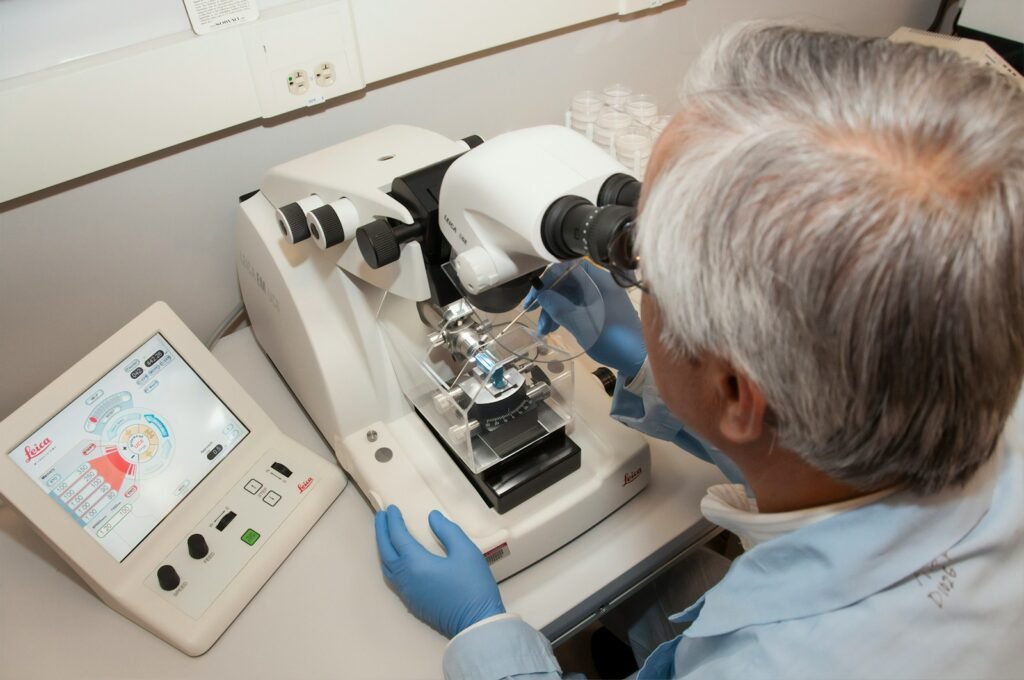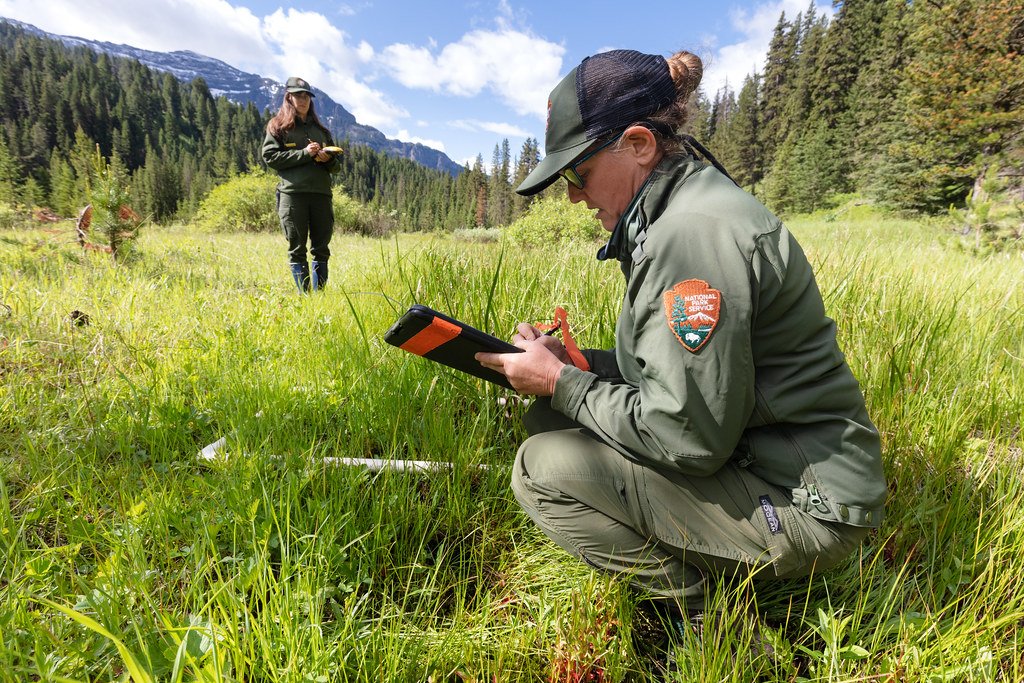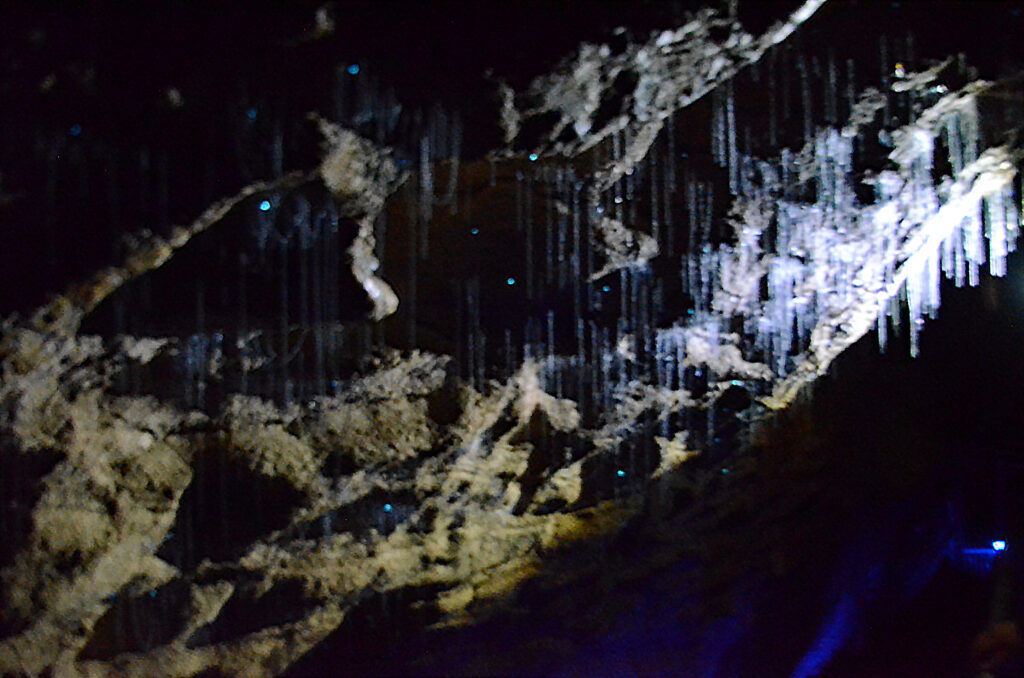In the battle against invasive species, scientists are engaged in an ongoing struggle to protect native ecosystems without causing additional harm. These unwelcome invaders can dramatically alter habitats, outcompete native species for resources, and disrupt the delicate balance of our natural environments. As the need for sustainable and effective solutions grows, researchers have developed innovative methods that prioritize ecological health and harmony.
Understanding Invasive Species

Invasive species are non-native organisms that thrive in new environments, often because they lack natural predators. This freedom allows them to proliferate rapidly, overwhelming native species and altering habitat conditions. Their impact can be profoundly negative, affecting biodiversity, ecosystems, and even economies.
The Importance of Native Wildlife

Native species play crucial roles within their ecosystems. They maintain ecological balance by participating in food webs, pollination, decomposing organic materials, and controlling pests. When invasive species disrupt these systems, the ripple effects can lead to the decline of native wildlife and overall ecosystem health.
Biological Control Methods

Biological control offers a promising solution by introducing natural predators or pathogens that specifically target invasive species. This method aims to reduce invasive populations without harming native species. Successful cases include introducing specific insects to control invasive plants or pathogens to manage overpopulated animals.
Genetic Techniques for Targeted Results

Advancements in genetic engineering have opened new avenues in managing invasive species. Gene drive technology, for example, can be used to reduce reproductive rates or alter traits that enable invasive species to thrive, thus minimizing their impact on native ecosystems.
Habitat Restoration and Management

Restoring and managing habitats effectively can make ecosystems more resilient to invasions. Practices such as reforesting, wetland reconstruction, and controlled burning can enhance the natural defences of native species and reduce the bombarding effects of invaders.
Early Detection and Rapid Response

Early detection systems allow for swift intervention before an invasive species can establish itself. Utilizing technologies like aerial drones, remote sensing, and community scientist networks helps quickly identify potential threats, minimizing the invasions and their associated damage.
Public Awareness and Education

Educating the public about the impacts of invasive species is crucial. Informing communities about the importance of checking for invasive pests, reporting sightings, and promoting planting native species encourages a communal effort in management and prevention.
Legislation and Policy

Governments and organizations worldwide are enacting legislation to regulate the transport and introduction of non-native species. By establishing clear policies and penalties, they aim to prevent invasions at the source, reducing future incidences.
Integrated Pest Management

Integrated pest management (IPM) provides a comprehensive approach by combining biological, cultural, physical, and chemical tools in a coordinated manner. IPM strategies emphasize sustainability, relying heavily on prevention and control rather than eradication.
Monitoring and Long-Term Studies

Longitudinal studies and monitoring are essential for understanding invasive species’ dynamics and their ecological impact. By collecting data over time, scientists can better predict outbreaks and refine control approaches to suit specific ecological contexts.
Collaborative Conservation Efforts

Successful management of invasive species involves collaboration across borders and disciplines. Scientists, conservationists, policymakers, and community members must work together to share knowledge, resources, and strategies for effective control and prevention.
Conclusion

The fight against invasive species is far from over, but the innovative strategies being developed are cause for optimism. By focusing on sustainable and minimally invasive solutions, scientists are helping to preserve biodiversity and protect ecosystems worldwide. Early detection, public involvement, legislation, and advanced scientific methods combined offer a multi-faceted approach that balances the needs of both humans and the natural world. As we continue this battle, the importance of preserving native wildlife and ecosystems serves as a guiding principle in the struggle against invasive species.




